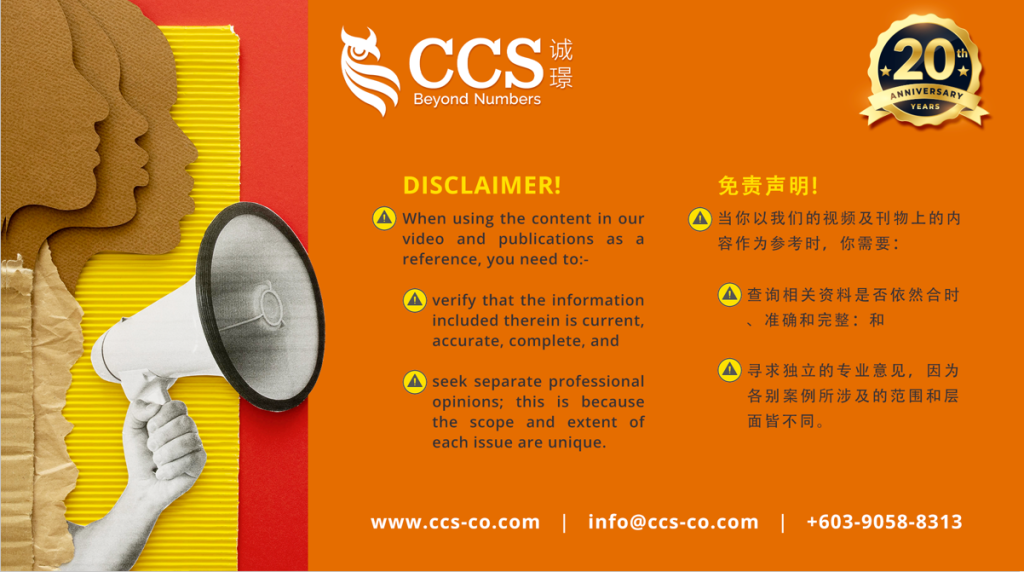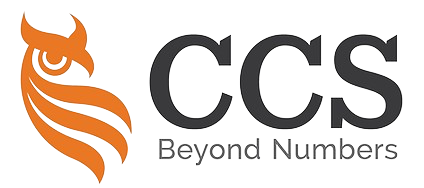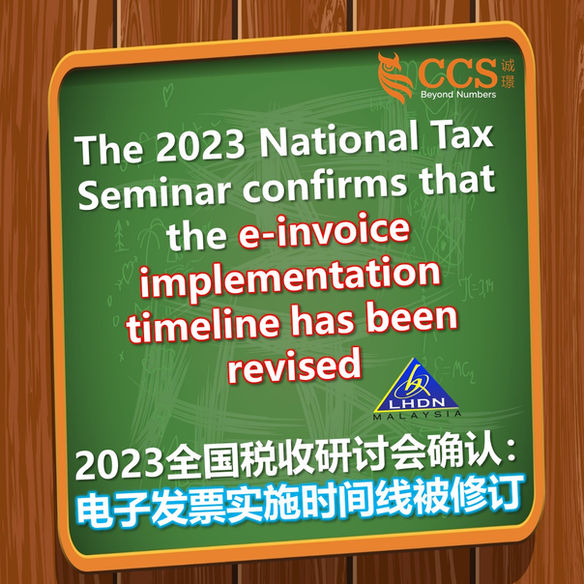During the budget presentation last Friday, our Prime Minister stated,
“The government agrees to enforce e-invoicing mandatorily for taxpayers with annual income or sales exceeding 100 million ringgit, starting from 1 August 2024.
As for taxpayers falling under other income categories, implementation will be done in phases, with the target of full implementation starting from July 1, 2025.“
Just as discussions were ongoing regarding the specific e-invoice implementation timeline, the Inland Revenue Board confirmed the revision of the implementation timeline during the 2023 National Tax Seminar held on 18 and 19 October 2023.
While the first phase of the implementation timeline has been postponed from 1 June 2024 to 1 August 2024, this poses a significant challenge for businesses with an annual turnover or income exceeding RM 100 million, which are required to adopt e-invoicing by 1 August 2024,
This is because the Software Development Kit is yet to be released, leaving them with less than 10 months to prepare.
Simultaneously, the decision to advance the mandatory implementation timeline for all other taxpayers to 1 July 2025, means that even banana fritter sellers who operate their business by the roadside will be required to issue e-invoices.
This compels all businesses to intensify their preparations starting now.
Businesses, what are your thoughts?

在上星期五的财政预算案中,我们的首相宣布了关于电子发票的重大消息: “Kerajaan bersetuju menguatkuasakan e-invois secara mandatori kepada pembayar cukai dengan pendapatan atau jualan tahunan melebihi 100 juta ringgit mulai 1 Ogos 2024.
Manakala, pembayar cukai mengikut kategori pendapatan selainnya akan dibuat secara berfasa dengan sasaran pelaksanaan menyeluruh mulai 1 Julai 2025.”
大概意思就是说政府决定自2024年8月1日起,对年度收入或销售额超过1亿令吉的纳税人强制实施电子发票。而其他收入类别的纳税人则将分阶段进行,直至2025年7月1日完成全面实施。
然而,正当电子发票的具体实施时间线引起广泛讨论之际,内陆税收局在2023年10月18日和19日的全国税收研讨会 [National Tax Conference 2023] 上确认了已经修改的时间线。
尽管第一阶段的实施时间线从原计划的2024年6月1日推迟了两个月,即至2024年8月1日。
然而对于那些需要在2024年8月1日之前强制采用电子发票的年度营业额或收入超过1亿令吉的企业而言,挑战极大。这主要是因为软件开发工具包(SDK)至今尚未发布,他们只剩下不到十个月的准备时间。
与此同时,将所有其他纳税人的强制实施时间线提前至2025年7月1日,这意味着即使是在路边摊位上卖炸香蕉的小贩也将被要求开具电子发票。
这促使所有企业必须立即投入准备工作。
各位商家,您们有何看法?

Facebook Live on e-invoicing
👉 https://fb.watch/nOZZ18vDoC/
Attachments | 附件:
e-invoice Guideline version 2.1 | 电子发票指南 [ 2.1 版本] – 28.10.2023
e-invoice Specific Guideline version 1.1 | 电子发票具体指南 [ 1.1 版本] – 28.10.2023
e-Invoice Catalogue | 电子发票目录 – 12.10.2023
e-invoice Guideline version 2.0 | 电子发票指南 [ 2.0 版本] – 29.9.2023
e-invoice Specific Guideline version 1.0 | 电子发票具体指南 [ 1.0 版本] – 29.9.2023
e-Invoice Catalogue | 电子发票目录 – 29.9.2023
Other related articles that you might find interesting:-
Revised E-Invoicing Implementation Timeline: Impacts and Challenges for Businesses
e-Invoice by CCS, Chartered Accountants | 电子发票 – CCS 会计事务所
e-Invoicing Guidelines for the year 2023 are now accessible starting 21 July 2023
A comparison of the key aspects between the e-Invoice model via MyInvois and via API Portal
Transitioning to e-Invoices: Assessing the Options for Your Business [What Businesses Need to Know]
Pre-Submission: e-Invoice Submission Requirements via MyInvois Portal & API
MyInvois Made Easy: Step-by-Step e-Invoicing on the Portal
马来西亚内陆税收局 (IRBM) 2023 年电子发票指南快速略读
e-Invoice Guideline Year 2023 Inland Revenue Board of Malaysia: Interpretation of Abbreviations
(中文版)马来西亚内陆税收局 2023 年电子发票指南 | e-Invoice Guideline Year 2023 Inland Revenue Board of Malaysia
The Eight Key Steps to Issuing E-Invoices | 开电子发票的八大步骤
Format of an e-invoice | 电子发票的格式
电子发票改变您的企业 | Transform Your Business with E-Invoicing: An Insight-Sharing Session on IRBM Guidelines
Budget 2024 Speech: On e-invoicing
Sample of Malaysian e-invoicing










